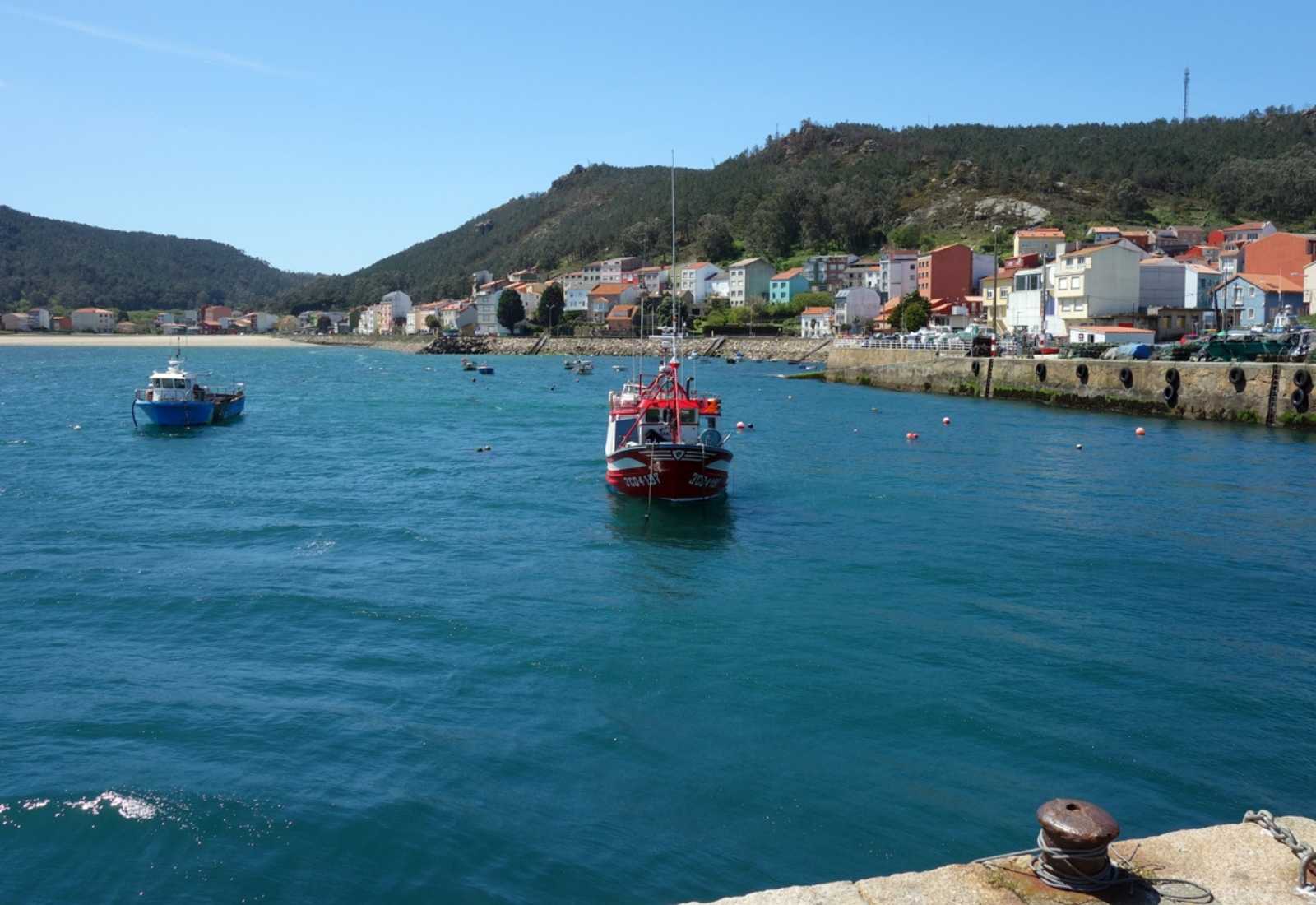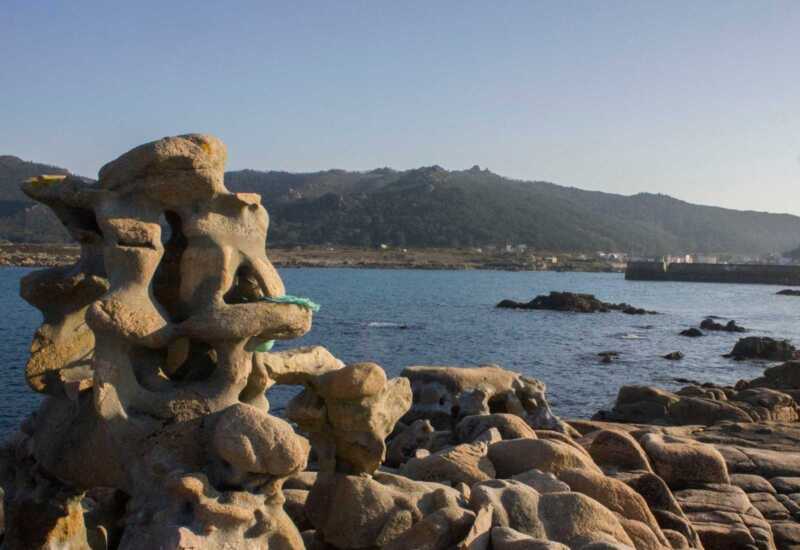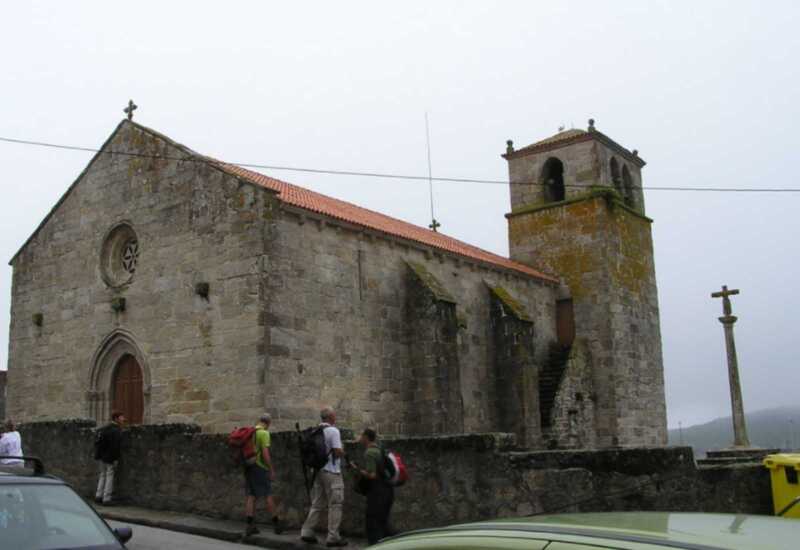
Information about Camelle
Historically related to Basque sailors who settled here in search of whales, already in the eighteenth century a dozen houses and a Chapel of worship to the Holy Spirit are recorded under the power of the house of the Counts of Altamira. Atown with a great seafaring tradition, in the 19th century Catalan businessmen settled here and founded sardine and conger eel salting industries. Moreover, as it usually happens in the Costa da Morte, it is a dramatic point in terms of shipwrecks. Today it is best known for the character of Man de Camelle, the German, whose story will surprise you and perhaps stir your senses.
What to see and do in Camelle
German Man
Manfred Gnädinder, known in Camelle as Man the German, was born in 1936 near Freiburg (Germany). A confectioner and later a social worker by profession, in the 1950s he already showed his artistic restlessness and held exhibitions in Germany. In 1962, he arrived in Camelle and settled down on the jetty to live in total harmony with Nature, in a small hut surrounded by a stone garden. His work, a mixture of “Land Art” and ephemeral art, is alive and constantly changing. After the Prestige oil tanker disaster on November 13, 2002, she enters into a deep sadness derived from this natural disaster (which affected her work) and will be the protagonist until the day of her death, on December 28, 2002. Today, the village of Camelle, which helped him so much in his life, pays homage to him with the maintenance of his house and garden, a statue and a museum around his figure.
Parish Church of the Holy Divine Holy Spirit
At the entrance to the village you will find this church with a single nave and a curious Baroque niche altarpiece (1721). Look at the bell tower: the smallest bell is a relic preserved from the wreck of the English ship “City of Agra”, which lost 32 of its 61 crew members on 3 February 1897 off the coast of the neighbouring village of Arou.












